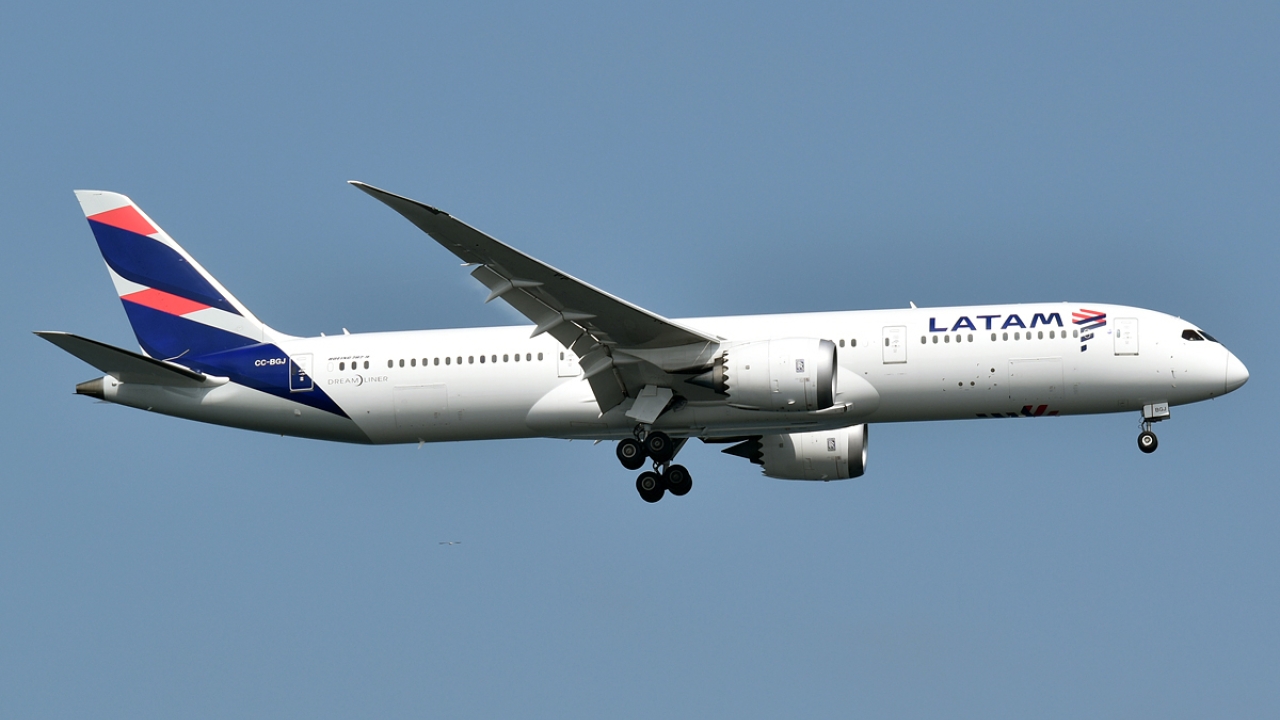Twin-aisle engine choices to be Bedrock of Middle East MRO

Speaking at the annual Airline Engineering & Maintenance Middle East conference on Abu Dhabi’s Yas Island, Richard Evans, Senior Consultant for the FlightAscend Consultancy, said despite recent challenges felt in the region aviation industry, the sector was still “a growth industry.”
Evans said the Middle East fleet has been growing at around 8% a year and while it accounted for 14% of the world’s twin-aisle fleet, the region’s single aisle fleet has been growing faster, at 9% a year, due to the growth of low-cost airlines. However, he said, “the majority of the airlines in the region are still committed to twin-aisle.”
Evans said with 66% of Middle East airlines’ in-service fleets being less than 10 years old, the youthfulness of the in-service fleets, which account for 3,200 installed engines, will impact the regional MRO market here. “You are probably not going to see the region here, with its young fleets requiring intensive maintenance”.
Other challenges, he said, came from the fact that the region is now facing cost pressures and competition, from Turkey, as a Europe-Asia transit hub.
Nevertheless, said the analyst, aircraft utilisation is now at regional highs with the average aircraft now flying over more than 4000 hours a year – which, says Evans, is an indicator of high demand.
“There’s opportunity here,” he said. “Engines are where the opportunities lie because the airframe market will go to where labour costs are lower.”
He added: “The current twin-aisle engine choices will be the core of regional MRO for many years. The challenge will be how to address the next generation engines.”
Stay up to date
Subscribe to the free Times Aerospace newsletter and receive the latest content every week. We'll never share your email address.

